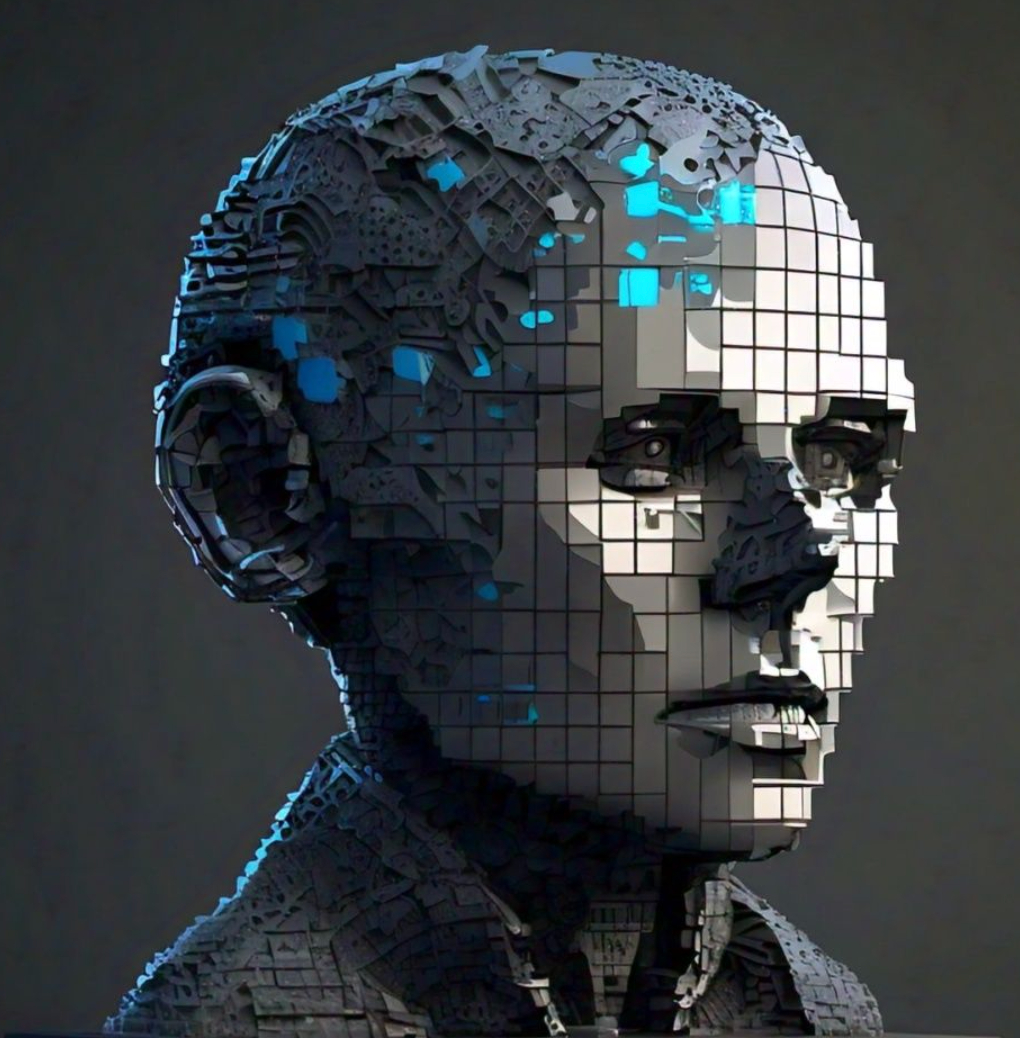225 reads
How CtmR Model Informs the Idea of Consciousness in AI
by
September 4th, 2024
Audio Presented by

AIthics illuminates the path forward, fostering responsible AI innovation, transparency, and accountability.
Story's Credibility

About Author
AIthics illuminates the path forward, fostering responsible AI innovation, transparency, and accountability.